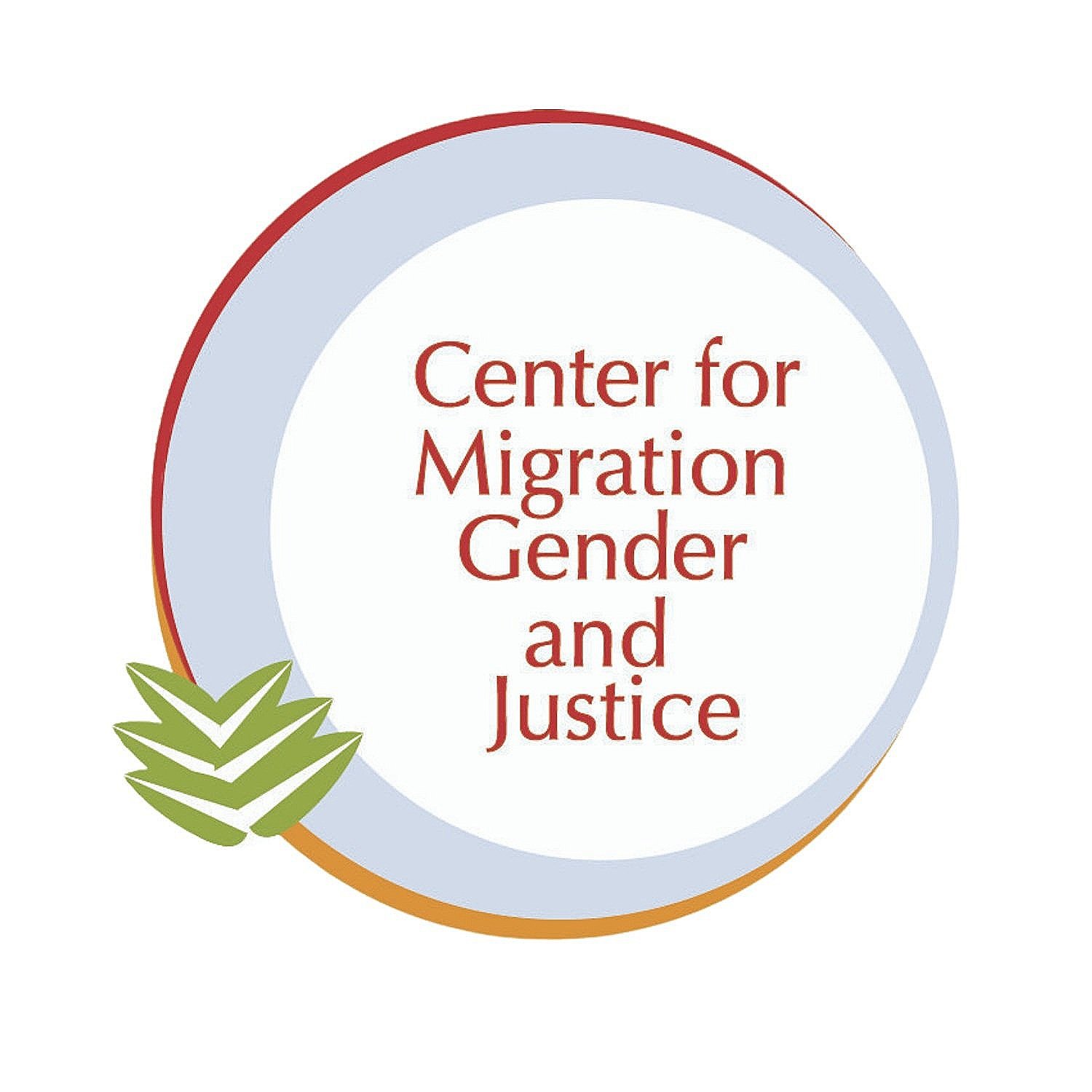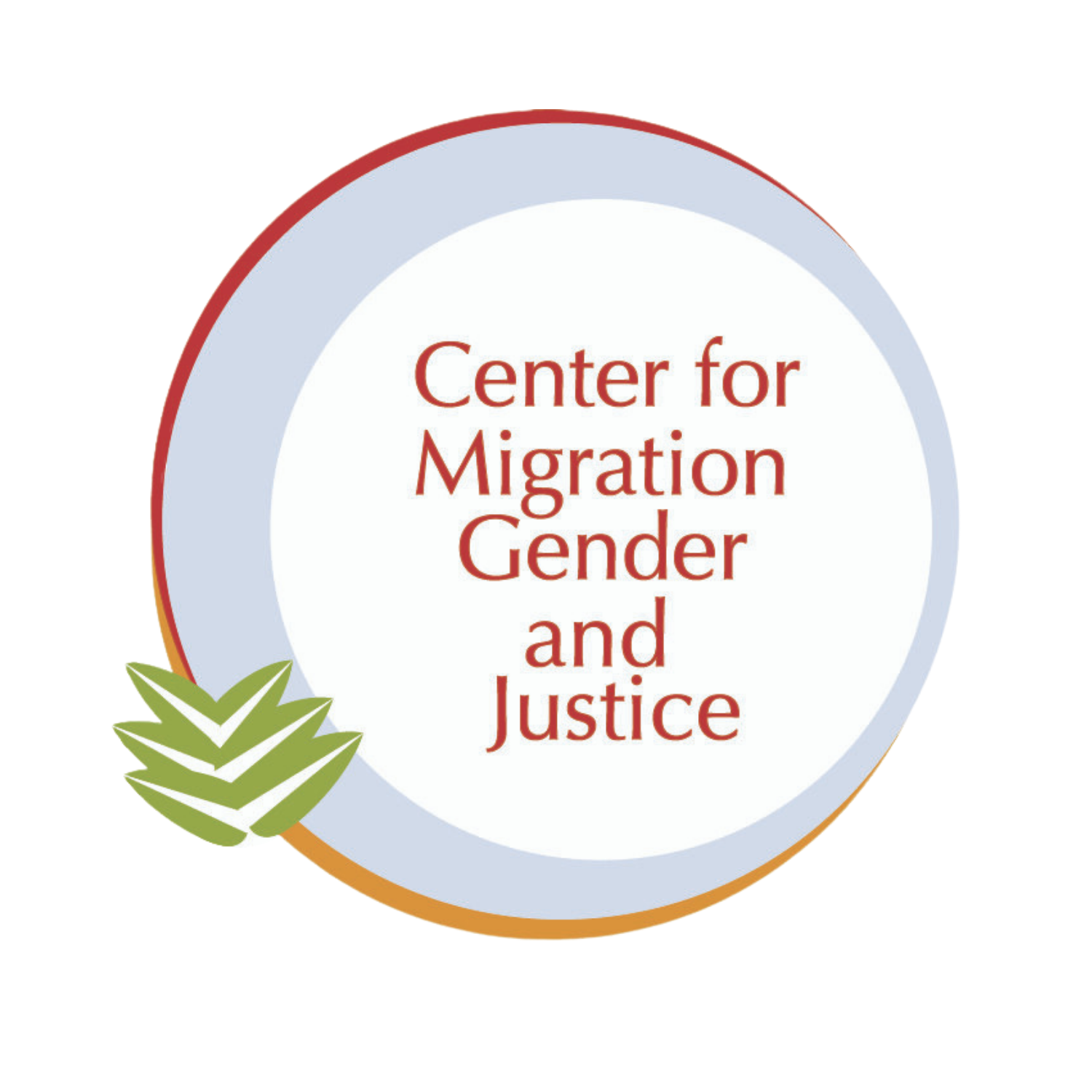English Language Learning during a Global Pandemic: Reflections and Insights
“The majority of my students are older migrant women and their passion for learning constantly inspires me. The eagerness to learn and the energy the women bring into the classroom, even on Zoom, has made me the ESL teacher that I am today… We share laughs and frustrations; human experiences that transcend any language barrier.”
by Genevieve Ayers
Education Department / Center for Migration, Gender, and Justice
How often do you think about what it was like to learn your first language? Have you found yourself in situations where you felt like you couldn’t use language to express yourself?
I didn’t think about these questions until I had to learn a new language myself. Trying to learn grammar structures, vocabulary, and the nuance of German were incredibly difficult and I found myself frustrated throughout the entire learning experience. However, I was not learning German because I had to or in order to survive. I learned German so I could study abroad, a privilege as I reflect on it. Most people that I interacted with during my time in Austria could also speak English, in situations when my German failed me. While being able to speak German was rewarding and allowed me to have unique experiences, it did not confine me to a particular space.
English is the most frequently spoken language in the world and the majority of those who speak English do not speak it as their first language. As an English Second Language Teacher (ESL), I have noticed that while I can empathize with my students about the frustrations of learning a language, I will never be able to fully grasp their need for English language skills in order to be a part of a new community and to navigate a new country.
Learning English is difficult, especially as an adult. Building confidence to apply language skills can be challenging and often comes with a hesitance to speak and to communicate in unfamiliar spaces. Covid-19 has exacerbated these prevalent challenges to ESL learners, especially when it comes to access to digital devices and online resources. Distance learning has reduced many essential aspects of ESL classes, such as reading and using body language, as well as teaching methods like Total Physical Response (TPR), which can make class sessions more interactive. Furthermore, it has been difficult to facilitate pre-pandemic classroom experiences, in which students have more time outside of class to practice speaking.
Despite these challenges, my classroom provides a place where students are not isolated and are able to express themselves and share experiences. The majority of my students are older migrant women and their passion for learning constantly inspires me. The eagerness to learn and the energy the women bring into the classroom, even on Zoom, has made me the ESL teacher that I am today. Although disengagement in a digital classroom is a real barrier, I try to address this by making classes interactive and collaborative. I encourage conversation and sharing stories, which brings our class closer together and creates a more energetic environment. We share laughs and frustrations; human experiences that transcend any language barrier.
Despite the amplified challenges that the pandemic has posed on language learning, it is this unprecedented situation that brought me to ESL teaching. The class that I teach through The Rosewood Initiative and my one-on-one tutoring sessions have enabled me to grow as a teacher. I believe that working with community members and creating new relationships is where learning truly takes place. Building these relationships keeps our classes going and creates an environment that is engaging and supports students’ language development. The class sessions provide a way for all of us, my students and myself alike, to overcome the isolation that Covid-19 has thrust upon us.
Indeed, many of my students express that our class time is special for them since it is time that is only for them and that helps break the isolation they feel at home. The Rosewood Initiative has supported both students and teachers in remarkable ways such as applying for grants to open up access to digital devices and ensuring that our students don’t fall behind in digital learning. These efforts are significant, as Rosewood is a non-profit navigating ESL learning and Covid-19 the best they can.
At the Center for Migration, Gender, and Justice (CMGJ), it is our mission to shrink spaces between migrant communities and governing bodies. In order for migrant communities to assert agency and represent themselves, language is imperative. In my sessions, students share that they have been in situations where they couldn’t fall back on their first language and were unable to communicate their needs and challenges, especially during these unprecedented times. Now and always, shrinking spaces requires speaking a common language – figuratively and literally.
This Blog Series is part of our ongoing Spotlight Project “Migration and the EI Gender Equality Strategy (2020-2025)” - more info here.

